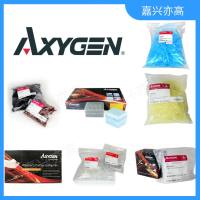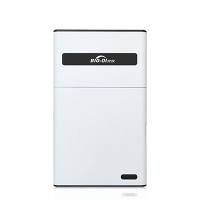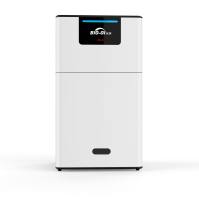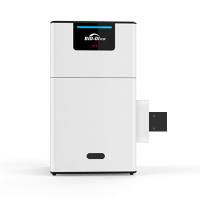Laser Ablation as a Fabrication Technique for Microfluidic Devices
互联网
582
The use of microfluidic devices is making rapid inroads in the modern laboratory. Traditionally, devices have been manufactured in silica owing to its well-understood surface chemistry and micromachining techniques that are ubiquitous in the microelectronics industry. Recently researchers have begun to utilize devices fabricated from polymer substrates as an alternative to glass. Reasons include total cost and the ability to tailor physical and chemical properties. However, traditional microfabrication techniques of molds that are used to fabricate polymer devices by imprinting or injection molding are subject to similar limitations as those associated with silica. In a research and development environment, it is important that researchers have access to fabrication techniques that are rapid and easily implemented with a variety of polymer substrates. Laser ablation has been proven to be such a technique, and this chapter describes the fabrication of a simple injection tee utilizing this technique. This chapter also examines the practical details involved in laser ablation from the perspective of a scientist who desires to utilize a turn-key system.









